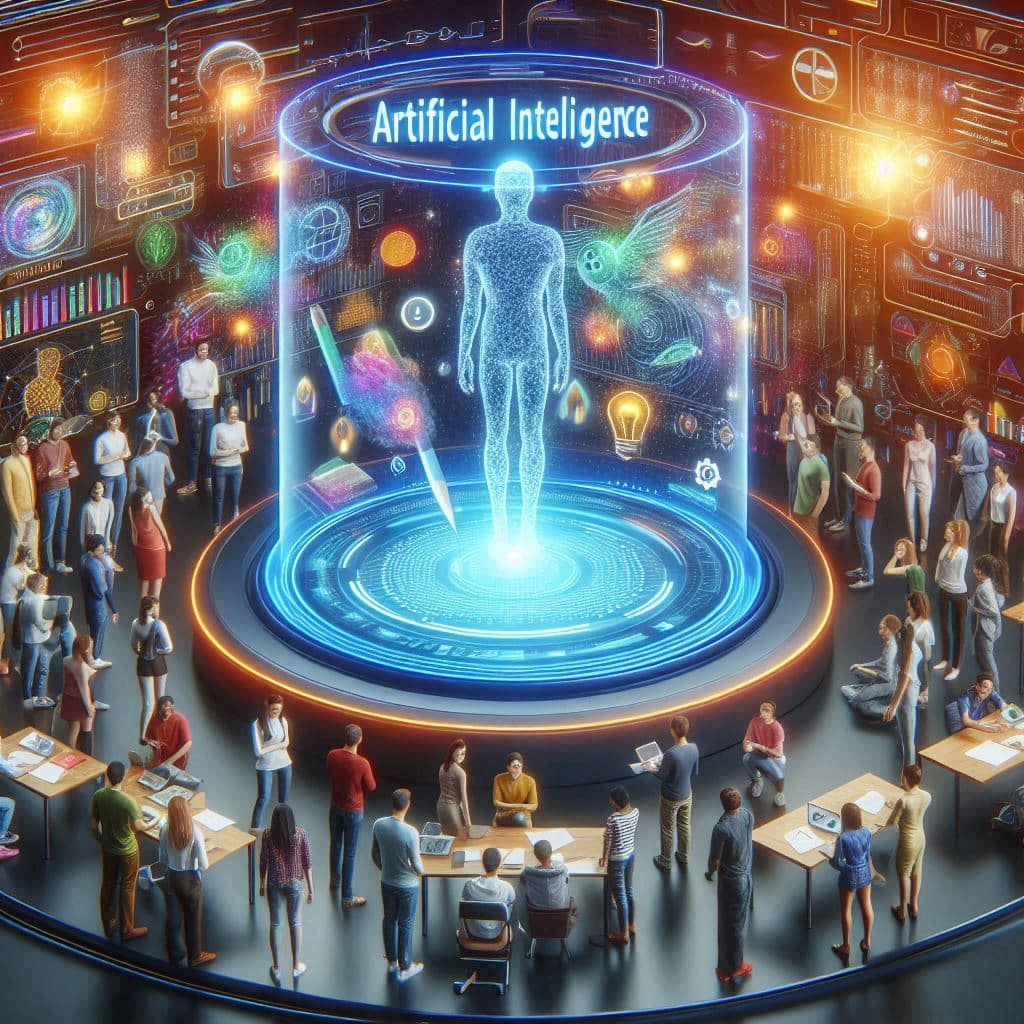Qualities of Artificial Intelligence

features of Artificial Intelligence
Although there is no universally agreed-upon definition, AI is generally understood as “machines that respond to stimuli in ways similar to traditional human responses, leveraging human capacities for contemplation, judgment, and intention.”³ According to researchers Shubhendu and Vijay, AI systems “make decisions that typically require human-level expertise” and assist people in anticipating or addressing problems as they arise.⁴ As a result, AI operates with intentionality, intelligence, and adaptability.
Intentionality
AI algorithms are designed to make decisions, often using real-time data. Unlike passive machines limited to mechanical or predetermined responses, AI systems integrate data from multiple sources—such as sensors, digital inputs, or remote feeds—analyze it instantly, and act based on the insights gained. Advances in storage systems, processing speeds, and analytical techniques have enabled AI to perform highly sophisticated analysis and decision-making.
AI is already reshaping the world, raising critical questions for society, the economy, and governance.
Intelligence
AI typically works alongside machine learning and data analytics.⁵ Machine learning processes data to identify underlying trends. When it detects patterns relevant to real-world problems, developers can apply these insights to analyze specific issues. The key requirement is robust data that allows algorithms to recognize useful patterns—whether from digital records, satellite images, visual inputs, text, or unstructured data.
Adaptability
AI systems can learn and adapt as they make decisions. For example, in transportation, semi-autonomous vehicles use real-time data to alert drivers about traffic congestion, road hazards, or construction delays. These vehicles learn from the experiences of other cars on the road without human intervention, instantly sharing insights across similarly configured vehicles. Advanced algorithms, sensors, and cameras process real-time data, displaying it via dashboards to help human drivers understand traffic conditions. In fully autonomous vehicles, AI systems take complete control, handling all navigation decisions.
How Artificial Intelligence is Transforming the World
Artificial intelligence is a powerful tool that revolutionizes how we process information, analyze data, and apply insights to improve decision-making—impacting nearly every aspect of life. In this report, Darrell West and John Allen explore AI’s applications across multiple sectors, examine challenges in its development, and provide recommendations for maximizing AI’s benefits while safeguarding human values.
Despite its growing influence, many people remain unfamiliar with AI. For instance, in a 2017 survey of 1,500 U.S. business leaders, only 17% claimed familiarity with AI.¹ Many were uncertain about its implications for their companies, recognizing its potential to transform business processes but unsure how to implement it effectively.
Even with this lack of widespread understanding, AI is reshaping industries. It provides tools to reimagine data integration, analysis, and decision-making. This overview aims to explain AI to policymakers, thought leaders, and the general public, illustrating its current impact and the ethical, economic, and governance challenges it presents.
This paper examines AI’s applications in finance, national security, health care, criminal justice, transportation, and smart cities, while addressing key concerns such as data access, algorithmic bias, AI ethics, transparency, and legal liability. It compares regulatory approaches in the U.S. and European Union and concludes with recommendations for harnessing AI’s potential while protecting fundamental human values.
Recommendations for Maximizing AI’s Benefits
To ensure AI’s responsible development, we propose the following steps:
- Increase data access for researchers while safeguarding personal privacy.
- Boost government funding for unclassified AI research.
- Develop digital education and AI workforce training to equip employees with 21st-century skills.
- Establish a federal AI advisory committee to guide policy decisions.
- Collaborate with state and local governments to implement effective regulations.
- Regulate broad AI principles rather than specific algorithms.
- Address bias in AI systems to prevent the reinforcement of historical injustices.
- Maintain human oversight and control over AI decisions.
- Penalize malicious AI use and strengthen cybersecurity measures.




